Clear numbers, big dreams
With greater transparency, a peasant community finds new opportunities for their dairy cattle
Qquello is located in the heights of Apurímac, a mountainous region in the Andes mountain range. It is a small town, located on a slope dotted with rocks of different sizes.


Julián Criollo is a member of the board of directors of Chillan Kayshun, an association of dairy cattle producers from Qquello.
Thanks to their effort, the members of the association have managed to acquire Brown Swiss cattle, renowned for the good quality of their milk and meat. Additionally, they have improved their forage pasture cultivation and have even ventured into the artisanal production of derivative products such as yogurt and cheese. For this reason, Chillan Kayshun has become a district-level example.
For the community members of Qquello, raising improved livestock represents an opportunity to increase their income, combat poverty and improve their quality of life.


"With these dairy cattle that we work with, we want to improve even further with cheese, yogurt, for what? For the sustenance of our children, our consumption, and it is very important to sell in the markets", says Julián.
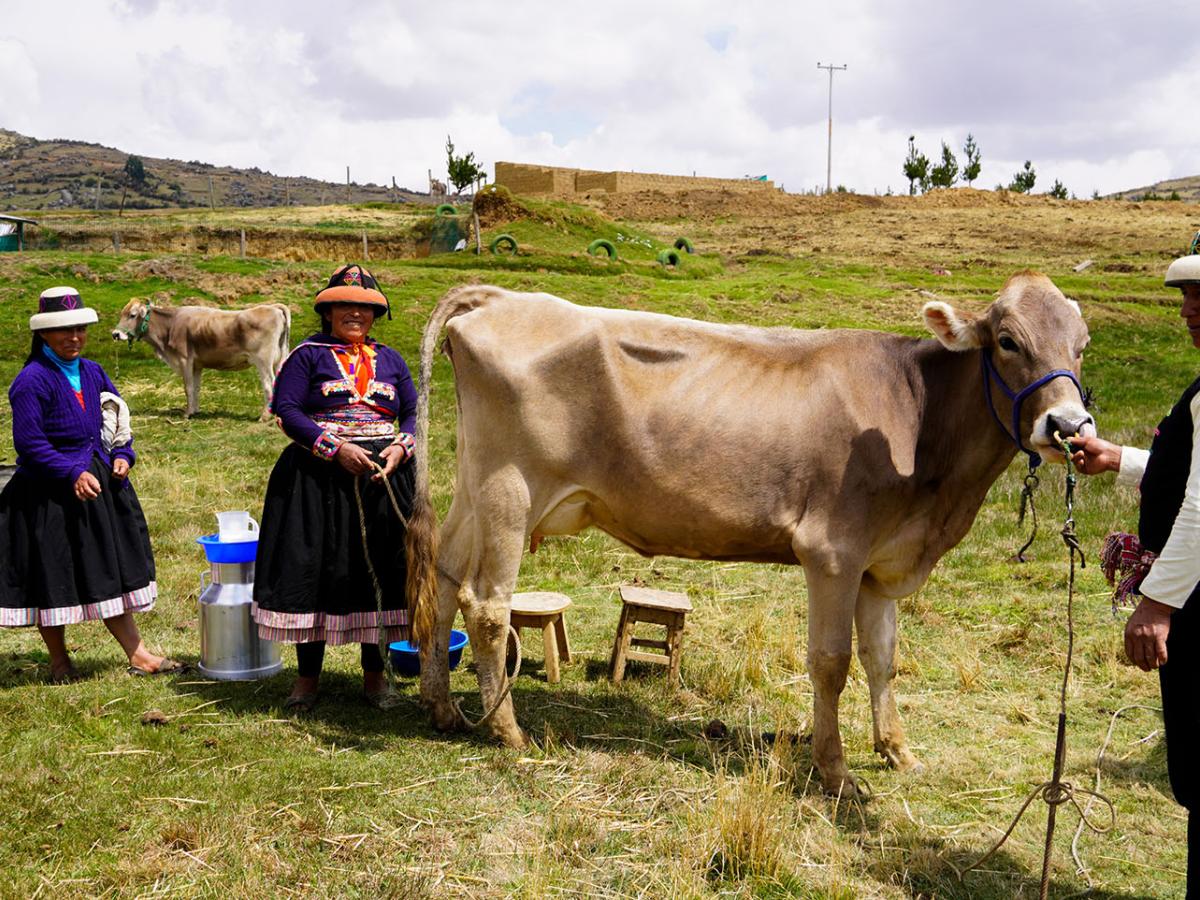



But the ranchers of Chillan Kayshun are aware that they still have a lot to do to improve their production. In these mountains, the weather can be a challenge, and the community members know that the next step is building sheds for their livestock to protect it from the intense sun, rain, and hail.
However, for a small peasant association in a community in the Andes, this could involve a very high cost.

Mining, taxes and resources
The community of Qquello is located in the province of Cotabambas, within the direct area of influence of Las Bambas, one of the largest copper mines in Peru. Since the mining company began operations, the municipality of Cotabambas went from receiving $53,000 (200,000 soles) in mining taxes in 2015 to receiving approximately $ 50 million in 2022 (180,000,000 soles), which represents a great opportunity to finance and promote local development.

Mining trucks move continuously through the region.
One of the initiatives that are being carried out in Cotabambas is the Procompite contest, organized annually by the provincial municipality, with the purpose of co-financing the business plans of local producer associations.
However, not all producers know about the contest or meet the requirements established to participate. The challenge in Cotabambas, as in many of the other regions of Peru that have funds from extractive income, is to ensure that the population has sufficient information to know how these resources are being managed and how they can impact local development.
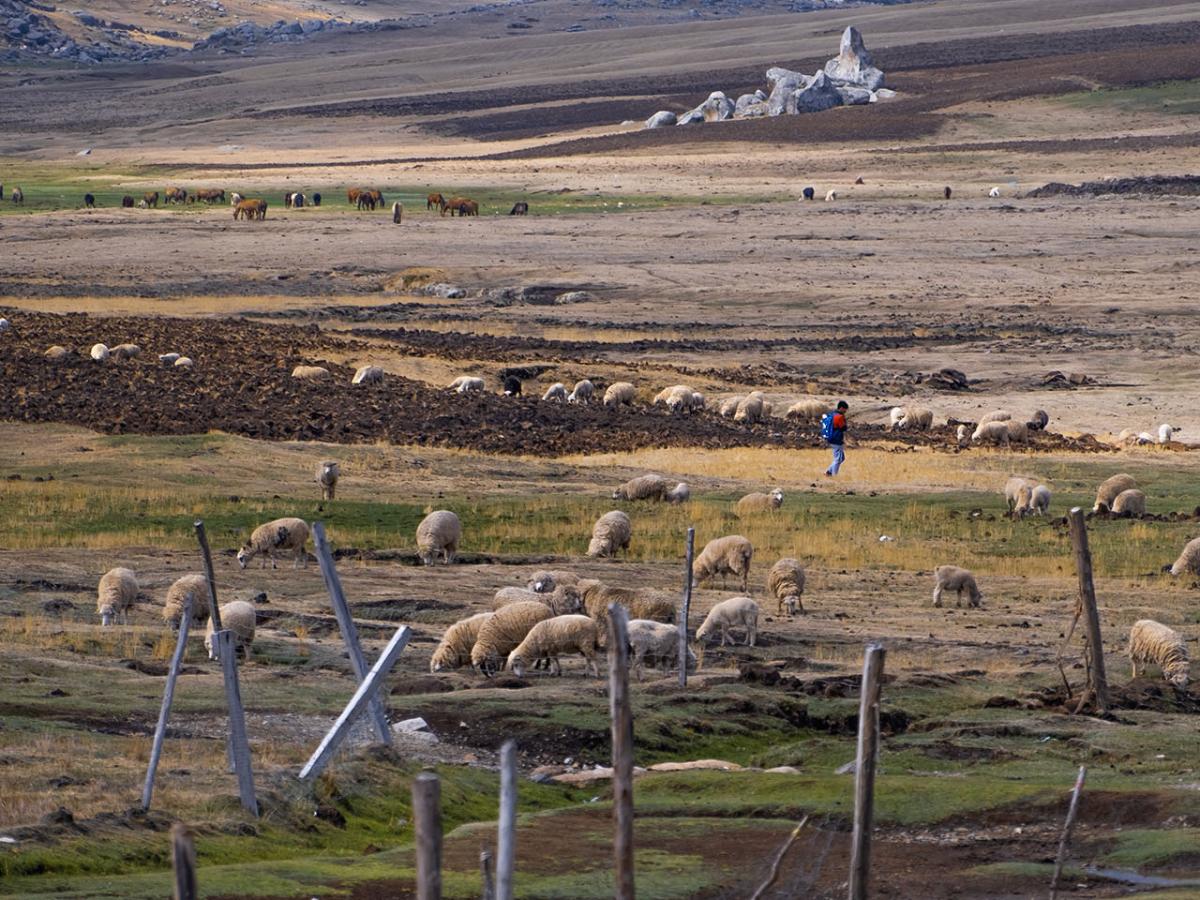
In Cotabambas, other peasant associations raise sheeps, alpacas or guinea pigs.
Knowledge that empowers
In Cotabambas, USAID has been holding workshops and talks aimed at the local population. Through these activities, young people and adults have learned to access the virtual platforms of the Peruvian Government that contain information on the distribution and use of public resources and, in particular, on the resources that come from mining income: “People from local communities have to know that there are resources in the municipalities,” says Pablo Villa, coordinator in Propuesta Ciudadana, a local partner of USAID.


With Pablo's support and the guidance of the technical team, in June 2023, the Chillan Kayshun association presented its proposal for the construction of sheds for its livestock. "Thanks to our colleague Pablo, he is the one who encouraged us because there were only a few months left. He tells us, 'don't stay behind like that, there are opportunities.' So we thought 'lose, win, it's worth trying'," mentions Julián.
After several stages, Chillan Kayshun's proposal was declared the winner, along with nine other proposals in the province, and obtained support worth $43,000 (160,000 soles) for the construction of sheds for his livestock. In a few months, the cows will no longer be exposed to the weather of the Andes and will have adequate space to raise their calves and produce milk.


Julián is already thinking about the future. Soon, he comments, they hope to continue participating in other public calls offered for the financing of productive initiatives, which will allow them to modernize their yogurt and cheese production.
With adequate information, the members of Chillan Kayshun will continue to pay attention to the work carried out by local authorities so that mining resources effectively contribute to generating sustainable opportunities for people.

“We have the dream of continuing to work further in the area of livestock farming to continue moving forward. Seeing this, our fellow ranchers and community members will also, following our example, work even harder", Julián concludes.
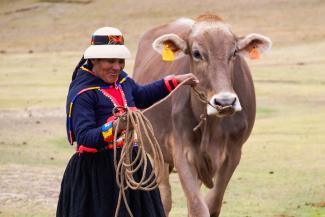
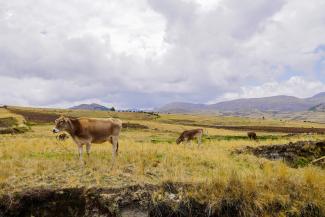
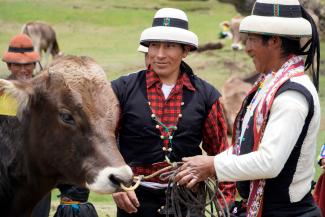
ABOUT THIS STORY
Natural resources' extraction contributes to the growth of Peru's economy and provides financing for essential public services. However, income from mineral and hydrocarbon resources often does not reach local communities, which has caused numerous social conflicts in several regions of the country.
Through the project “Greater Transparency and Best Practices in the Extractive Sector,” USAID promotes detailed reporting of profits, increases citizen participation in decisions about the use of revenues from natural resources, and contributes to improving the governance of the Extractive Sector.
Grupo Propuesta Ciudadana is a consortium of local NGOs, and currently implements the project in 10 regions in Peru.
ABOUT THE AUTHOR
Gerson Pizardi is a Development Outreach and Communications Assistant in USAID/Peru.
Photos by Gerson Pizardi and Alfred Ruffner.

